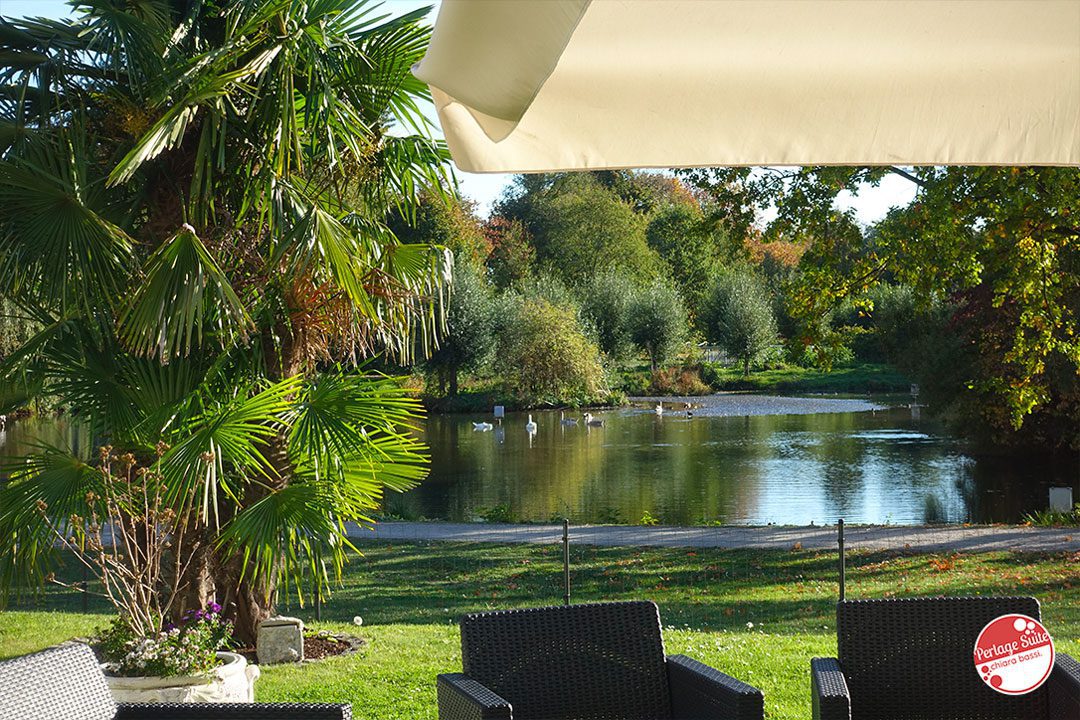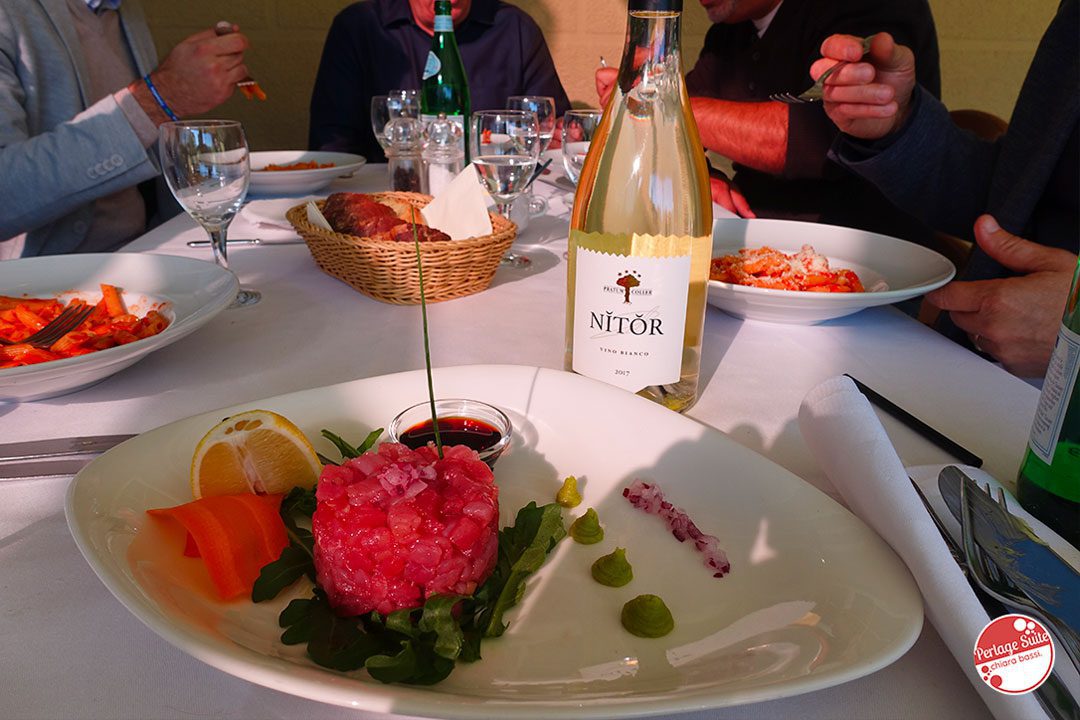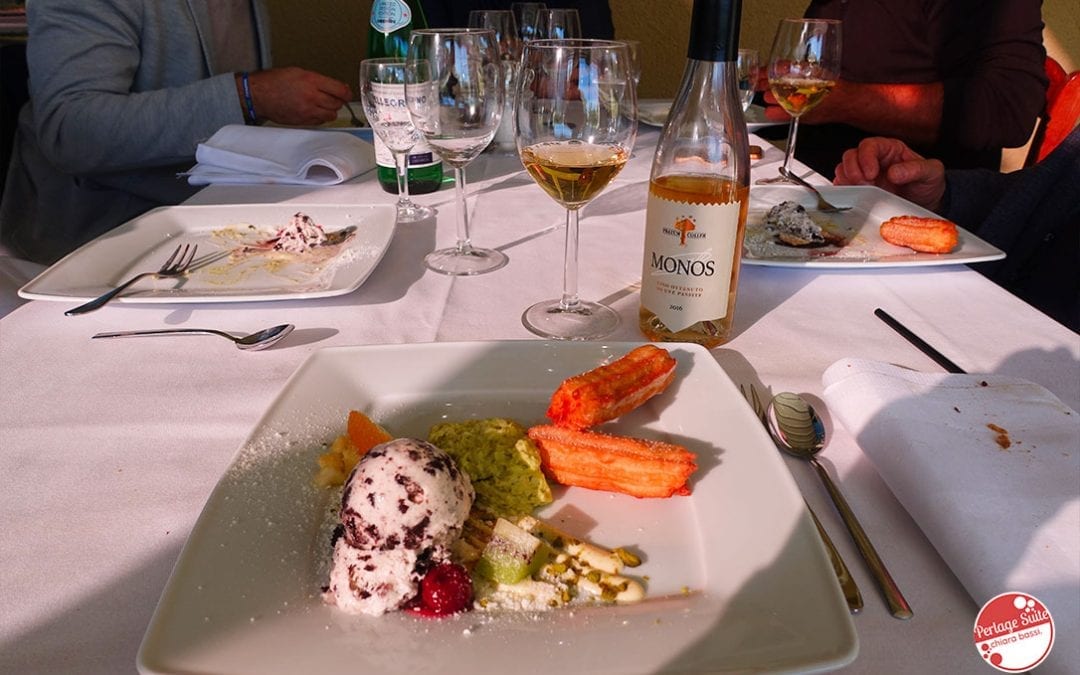Today I present my collaboration with Wine Monitor, the Nomisma Observatory on the wine market, created and designed to support companies, consortia and institutions in the Italian wine industry in understanding market dynamics, both nationally and worldwide. Every month I will publish an article dedicated to a foreign market to help you sell wine in the world! I am currently writing to you from Düsseldorfof which you surely know the ProWein where over 52,000 trade visitors taste wines from over 6,000 exhibitorswhich is why I decided to open this collaboration with a focus on the wine market in Germany! What a marvellous view from the plane!

Germany is the most populous country in the European Union: it has over 82 million inhabitants, of which 22% are young people in the 18-35 age group. Its GDP increased by 2.5% and it is the leading economic power in the EU. In 2017, Germans drank 2,680,000,000 bottles of 0.75 cl wine and this makes Germany the fifth most important wine market in the world. However, the wine market in Germany is declining because the older population is disappearing and, among Millennials, the most popular alcoholic beverage is still beer. The average wine consumption per capita is 31 bottles of wine per year bought mostly in discount stores and supermarkets. Particularly significant is that in 2016 about half of the bottles of wine consumed were bought at Lidl, Aldi and other discount chains, a share that rises to 71% if we also include supermarkets. The wine shop channel, which assumes a 'qualified' consumer buying medium-high-end wines, occupies only 3% of the total, as does the e-commerce channel, which also assumes a 'modern' consumer.

Oops, now I say goodbye... my car has arrived to take me to Duisburgto theHotel Landhaus Milserwhere I will be staying for the company presentation Pratum Coller of the famous footballer Andrea Pirlo. While he will be presenting his company, I will be happy to present his wines from a technical point of view at a private company event to which some 100 German trade visitors are invited.
View this post on Instagram
And after this exquisite tartarethe extraordinary company and hospitality of the host Antonio Pelle and the pleasant conversation we had with our entire table, among whom I want to mention Bruno Stratihotel manager, his father-in-law Franco, Mario Narcisi (who, among other things, sells truffles and is already very sympathetic to me) and Roberto Ravelli, Andrea Pirlo's sales consultant with a British mood that I liked a lot, we return to talk about the wine market in Germany.

Germans are moving towards higher quality wines, and the higher-end products - for white wines and red wines - have seen a significant increase of more than 100% in less than five years. In particular, while in 2011 only 8% of still red wines were priced above € 3.75 per bottle, in 2016 this rose to 16%. The increase for sparkling wines, on which more was already being spent, was milder. Sparkling wines from all parts of the world are the most imported in Germany and the trend is growing steadily: + 3.7%. Even more interesting, for me who deals mainly with sparkling wines and as you know I edit the Italian sparkling wine guide 500 Bubbles in 500 (buy it now by clicking HERE)is that, while the import of Italian still wines declined by - 5.1%, the import of Italian sparkling wines increased by +8.4%. It is also because of this trend that I decided to write my guide in Italian and English, so as to direct foreign operators to our best and perhaps lesser-known Italian sparkling wines. Italy is the leading exporter of bottled wine to Germany and has a market share of 42%. Of the total 660 million among all types, 88 million are sparkling wines. Of the total of imported sparkling wines, France with 59% leads with a continuously growing trend. Germans are also more inclined to spend on a French wine than on an Italian wine: the average price of a bottle of French sparkling wine is 14.7 € while the Italian one is only 4.5 €. Germany is the world's leading consumer of sparkling wines, some 427 million bottles or 17% of all wine consumed in the country. While consumers' favourite white wines are the delicious local Rieslings, red wines and sparkling wines are mainly imported. Another important fact to take into account is the sensitivity of Germans towards the environment and sustainability, for this organic wine sales trend is on the risealso driven by the increase of organic products in discount stores. For the Germans, Italian organic wine is of better quality than in other countries and therefore they buy it more willingly. A very interesting fact is this: 80% of German consumers would only buy organic wine made in Italy if it were more available in restaurants and shops. This analysis gives us a great cue to work on: dear Italian wine producer reading me, create events in Italy and Germany, have your most drinkable wines tasted and play your winning hand on your red wines and sparkling wines. Remember that it is not just you: even if I told you that Italy holds 42% of the market, wine producers in Italy number over 310,000. If you want to sell your wines "don't do your own thing" and put yourself in your customers' heads: offer advantageous payment solutions (remember that for a restaurant, wine is always fixed capital and that offering 5% discount for prepayment or even forcing prepayment is tantamount to shooting oneself in the foot and getting out of the market), study your target audience and be consistent with price and product communication (if you want to see your wine on the lists of renowned restaurants, don't sell it to discounters or loser establishments), choose quality collaborators and trust their advice and focus on organic, which is the market of the present or future everywhere. And even before communicating your brand, communicate your wine and focus on quality, because that is what you want to sell!
Did you like this article on the wine market in Germany?
Which market would you like me to talk about in December?
If there is a foreign market you are particularly interested in, write to me in a comment!
If, on the other hand, you want to know all the main markets in the world now, book your copy of Wine Marketing, the Essential Book for Exporting Italian Wine by Wine Monitor - Nomisma by clicking HERE. In this special book, updated to April 2018, you will find:
- Scenarios, international markets and competitiveness of Italian wine
- Essential tables and graphs to understand consumption trends and consumer types for each foreign market
- All contact details (address, telephone, e-mail, website, area of activity) of over 1000 European and American importers and distributors by Nomisma SpA - Wine Monitor
Limited copies are available. What are you waiting for to reserve yours? The publisher will deliver it directly to your home or business within a week of your purchase!
Wine Marketing - Essential Book for Exporting Italian WineHoping, as always, to have been helpful, I bid you farewell: I now have a briefing for Andrea Pirlo's wine presentation tomorrow night and a dinner to tell you about...
Cheers
Chiara

